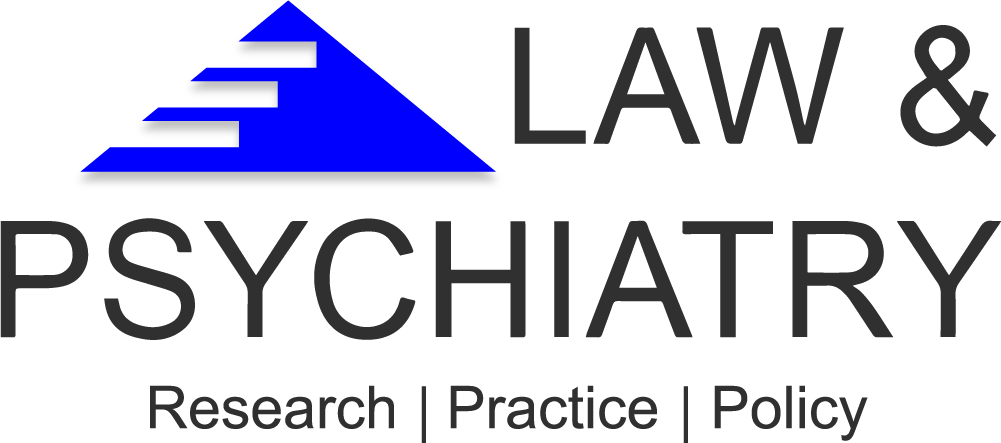Youth Protective Factors Study: Effective Supervision and Services Based on Risks, Strengths, and Development

Many jurisdictions use risk assessments to guide key juvenile justice decisions. But little is known about whether youth’s strengths or “protective factors” reduce their risk of reoffending; how these factors can best be assessed; and the resulting implications for case planning, service delivery, and resource allocation.
As policymakers' concerns about youth crime and violence grow, it’s critical that juvenile justice systems focus resources on youth who are at the highest risk of seriously reoffending. Likewise, jurisdictions must use resources efficiently to tailor supervision and service strategies to best meet these youth’s needs - and potentially increase their protective factors - in ways that promote long-term public safety.
The Youth Protective Factors Study seeks to help systems achieve this goal by answering the following key questions:
- What risk factors best predict reoffending, particularly reoffending for violent and other person offenses, for youth of different ages?
- Which protective factors (or strengths), if any, are most important for recidivism reduction?
- What services—risk reduction and/or strengths enhancing—are most effective in reducing general and person reoffending, and how do these vary for youth of different ages?
Study Findings
Background
The Youth Protective Factors Study is an unprecedented multistate, multiyear examination of what risk and protective factors matter most when it comes to reoffending - particularly for violent and other person offenses - for youth ages 10 to 23 who are involved in the juvenile justice system. The study provides policymakers and youth justice professionals with critical insights into how to maximize supervision, case planning, service, and funding strategies to preserve public safety and enhance positive youth outcomes.
The study team will share findings through a series of easy-to-understand briefs and webinars that detail research findings and concrete strategies for policymakers and youth justice professionals to improve system performance, resource efficiencies, and public safety outcomes.
Watch the webinar: The Youth Protective Factors Study: Risk, Strengths, and Reoffending
Methodology
The study team is conducting the Youth Protective Factors Study from 2020 to 2024, principal researchers including Gina Vincent, PhD, (PI) at the UMass Chan Medical School, Jennifer Skeem, PhD, (Co-I) at the University of California, Berkley, and Josh Weber, MA, The Council of State Governments (CSG) Justice Center. The study did the following:
- Tracked 3,380 youth across 3 states for up to 2 years post-system supervision to analyze reoffending rates, violent offenses, and associated risk factors.
- Administered a survey of 9 protective factor measures (for example, prosocial identity, social supports) to over 1,900 youth supervised by probation departments in the same 3 states to identify youth’s strengths.
- Supported states to develop comprehensive service tracking systems to catalog what services youth receive (including strengths-based activities) while under supervision, and to measure the impact of different risk-reduction vs. strength-enhancing interventions on youth reoffending.
The study also tracked a large, retrospective sample of youth in 2 of these states (over 32,000 youth) over a longer timeframe, to examine potential differences between the risk factors that predict violent reoffending after versus during involvement with the juvenile justice system.
The investigators worked with the state juvenile justice agency and 5 county probation departments in 3 states. The states were selected because they either maintained jurisdiction over youth into young adulthood years (up to age 23) or had a history of processing a sufficient sample of youth aged 13 or younger. As part of the study, investigators worked with each state to do the following:
- Build their service data tracking capacity in their case management systems and train probation officers and youth workers to record and enter all services (such as mental health counseling, drug treatment), programs (such as Thinking for a Change, Life Skills), and strengths-based activities (such as recreational activities, tutoring) in which youth engage.
- Services were tracked regardless of the payer (court, family, school, etc.), provider (activities POs completed with youth directly were included), or location (services in placement and in the community were included).
- Administer a self-report questionnaire to every new youth at the time probation departments conducted their risk and needs assessment (mostly pre-disposition or at probation intake). The questionnaire included 9 separate validated protective factor measures. The researchers tracked reasons people did not complete protective factor surveys and conducted quarterly quality assurance checks of the service data with each probation office to ensure accuracy.
- Track new petitions from juvenile and adult records of all new youth referrals who entered the system in these states between August 2021 and August 2022 for up to 2 years.




